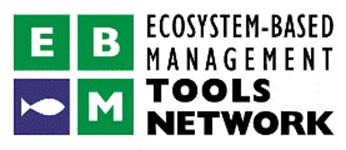 Presenters: Jorge Brenner of The Nature Conservancy, Greg Guannel of the Natural Capital Project, and Joey Bernhardt of the University of British Columbia.
Presenters: Jorge Brenner of The Nature Conservancy, Greg Guannel of the Natural Capital Project, and Joey Bernhardt of the University of British Columbia.
"Blue Carbon" is a term used to define carbon that is stored and sequestered in coastal wetland habitats. Wetland habitats found along the Gulf Coast of Texas include coastal salt marshes, fresh water marshes, swamps, seagrass beds, and mangroves. All of these habitats are capable of storing, or “sinking,” significant quantities of carbon in their plant matter and soils.
The Nature Conservancy’s Texas Blue Carbon Analysis estimated the total amount of carbon stored in coastal wetlands along the coast of Texas. These estimates are based on three “pools” of carbon that are associated with terrestrial and wetland plant communities:
- Above-ground biomass (plant material)
- Below-ground biomass (roots)
- Soils
The study site was a zone that extended 10 kilometers inland from the entire Texas coastline. Carbon modeling was done using the InVEST Terrestrial Carbon model (www.naturalcapitalproject.org/InVEST.html). The results of this analysis are designed to help prioritize conservation/restoration activities in wetlands in order to maximize the benefits they provide to all of society. Currently only about 28 percent of the coastal wetlands analyzed in this study are found within protected conservation and management areas.
This webinar is co-sponsored by OpenChannels.org.